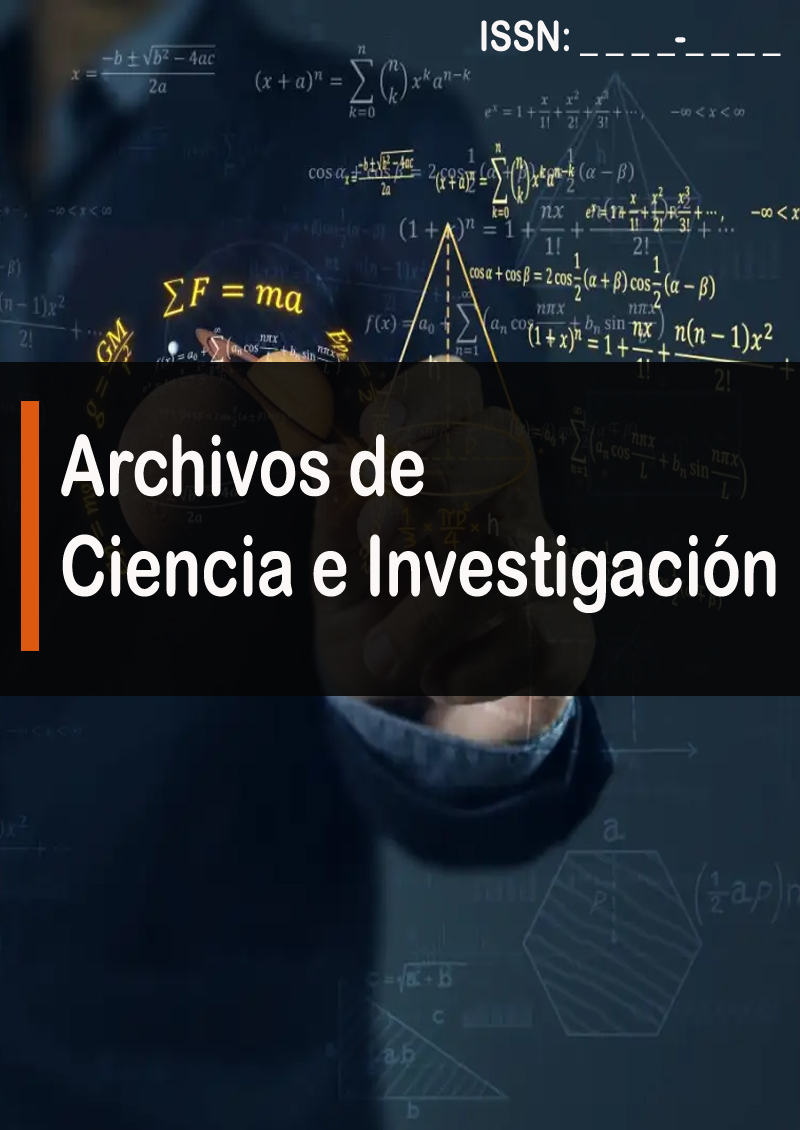The Omnipresence of Death in Late Medieval Poetry and Verse Narratives: Johannes von Tepl and Oswald von Wolkenstein. With and Outlook on Some Contemporary Artworks (“Der Schmerzensmann”)
Abstract
Albrecht Classen
This paper intends to engage with a broad discourse on death that determined the late Middle Ages. Although the greatest epidemic, the Black Death, was not really reflected in contemporary German literature, we observe a clear shift away from the traditional courtly to the deadly worldview since the early fifteenth century. Two poets deserve particular attention who were contemporaries and, drawing from very different genres, offered powerful poetic reflections on death as it affected them drastically in very personal terms, whether this was seen through a rhetorical lens or through standard poetic images.
AIM: Both Johannes von Tepl and Oswald von Wolkenstein have already been discussed from many different perspectives, but by combining their comments on death, we can grasp more concisely the extent to which the topic of death occupied the public discourse in the post-epidemic period. To gain deeper insight into the prevalent discourse, their poems will also be viewed through the lens of contemporary art where we find countless examples of the theme of death, especially in a religious context.
Method: Based on a cultural-historical investigation, this study addresses the timeless topic of death as discussed by prose authors and poets in the early fifteenth century and by contemporary artists. Combining the data from both sides, literature and the visual arts, this article pursues an interdisciplinary approach to establish a firm concept of the dominant discourse on death during the early fifteenth century.
Results: The comparative analysis bringing together fifteenth-century German and European literature and contemporary artworks has shed significant light on the central topic of death which was perceived to be all-consuming and pervasive during the post-epidemic (Black Death) period.



